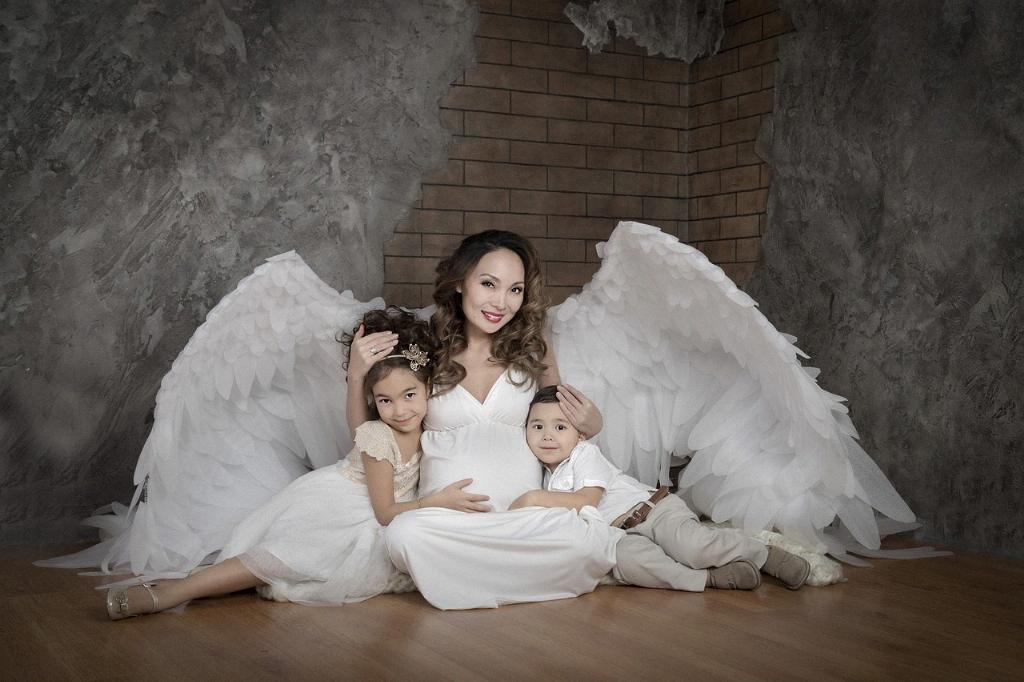When it comes to the fascinating world of rat reproduction, one of the key questions that often arises is: How many babies do rats have? Delving into this topic reveals some truly remarkable insights into the breeding habits and capabilities of these small mammals.
Litter Size Variation
Female rats, depending on the species, typically produce litters with sizes ranging from 5 to 12 pups. This variation in litter size can be influenced by factors such as genetic predisposition, age of the mother rat, and environmental conditions.
Reproductive Frequency
What is truly remarkable about rat reproduction is the high frequency at which female rats can give birth. It is astounding to note that female rats have the potential to produce as many as 7 litters per year.
Annual Offspring Production
Considering the average litter size and the reproductive frequency of female rats, it becomes evident that these prolific breeders have the capacity to give birth to a substantial number of offspring in a single year. In fact, a female rat could potentially produce up to an impressive 84 offspring annually.
Rapid Population Growth
The ability of rats to reproduce rapidly and in large numbers plays a significant role in their success as a species. This high reproductive rate allows rats to rapidly expand their population in favorable environments.
Adaptation for Survival
The reproductive strategy of producing multiple offspring frequently is an adaptation that has evolved in rats to ensure the survival of their species. By having large litters and reproducing often, rats increase the chances of some offspring surviving to adulthood.
Impact on Pest Control
The prolific breeding capabilities of rats have significant implications for pest control efforts. The rapid reproduction of rats can make it challenging to manage and control rat populations effectively, especially in urban areas where food sources are abundant.
Behavioral Considerations
Understanding the reproductive behavior of rats, including their breeding habits and litter sizes, is essential for effectively managing rat populations. By gaining insights into their reproductive biology, pest control professionals can develop strategies to address rat infestations.
Environmental Factors
Environmental conditions such as food availability, shelter, and the presence of predators can influence the reproductive success of rats. Favorable environmental factors can promote higher reproductive rates in rat populations.
Population Dynamics
The intricate interplay between rat reproductive rates, mortality rates, and environmental factors contributes to the population dynamics of these small mammals. Understanding these dynamics is crucial for effectively managing rat populations.
Research and Conservation
Studying the reproductive biology of rats not only provides valuable insights into their ecological role but also plays a vital role in conservation efforts. By understanding the factors that influence rat reproduction, researchers can develop conservation strategies to protect vulnerable rat species.
Takeaway
In conclusion, the number of babies that rats have can vary depending on the species, with litter sizes typically ranging from 5 to 12 pups. Female rats exhibit impressive reproductive capabilities, with the potential to produce multiple litters per year and a significant number of offspring annually. The prolific breeding habits of rats underscore their adaptability and success as a species, while also posing challenges for pest control and population management.

